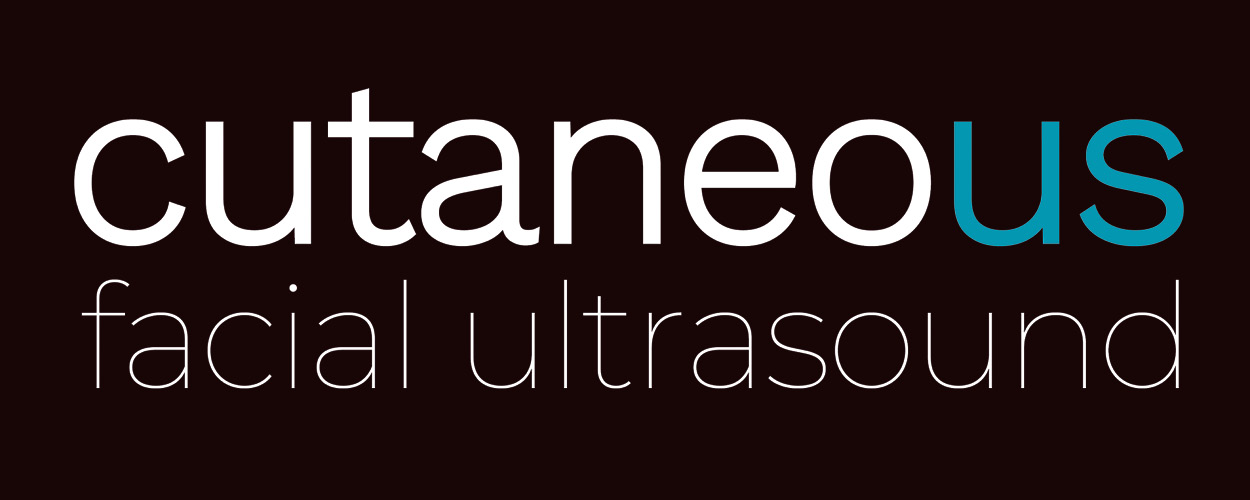VOLTAR
IMCAS World Congress 2024
IMCAS World Congress 2024
Programa
Adaptar ao meu fuso-horário a agenda da aula/congresso transmitida ao vivo
Fuso-horário de referência: (UTC+02:00) Europe, Paris
Apresentações desta sessão
| Horas | Palestrantes | Título da apresentação | Resumo | Número |
| 10:30 | How can ultrasonography help minimize vascular complications for nasolabial fold injections? | Visualizar | 130742 | |
| 10:42 | Ultrasound: make my day | Visualizar | 130743 | |
| 10:54 | Skin type 5 crisis: unmasking the hidden vascular challenge | Visualizar | 130744 | |
| 11:06 | Differentiating HA gel fillers via ultrasound imaging | 130747 | ||
| 11:18 | The SMAS, the neglected layer | 130745 | ||
| 11:30 | What can we learn from ultrasound research of the last 2 years? | 130748 | ||
| 11:42 | Mixing hyaluronidase with HA filler is essential for its action | Visualizar | 130749 | |
| 11:54 | Ultrasound dynamic assessment of the orbicularis oris muscle, mucosal insertion into the lip, and its significance for lip filler redistribution | Visualizar | 135824 | |
| 12:06 | Battle and Q&A | 130750 | ||
| 12:06 | Panelist | 133587 | ||
| 12:06 | Panelist | 133589 | ||
| 12:06 | Panelist | 133759 | ||



















